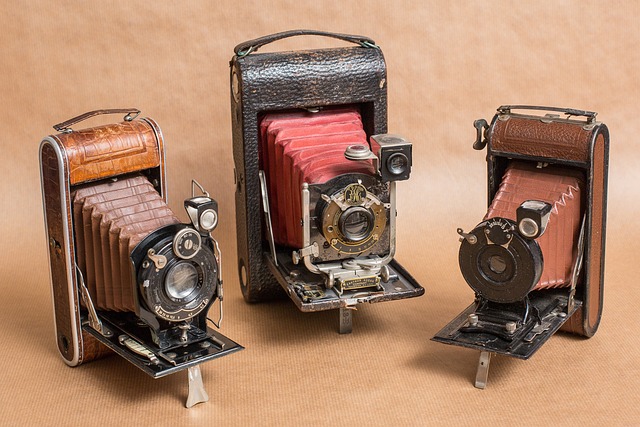Mastering Light: Elevating Your Photographic Artistry with Optics and Camera Techniques
In the world of photographic art, light is not just a tool; it’s the essence that brings your images to life. Understanding how to manipulate and master light through your camera and optics can elevate your artistry to new heights. Whether you’re a novice or an experienced photographer, refining your lighting techniques is essential for capturing breathtaking shots.
The Magic of Natural Light
When it comes to photography, natural light can be your best friend. The golden hours—just after sunrise and before sunset—offer soft, diffused light that enhances colors and adds depth to your images. Learning to recognize how to harness this magical light can transform ordinary scenes into extraordinary pieces of photographic art.
Using Shadows Creatively
While light is critical, shadows play an equally vital role in creating dimension and interest. Experimenting with shadows can add drama and depth to your photographs. Look for scenes where light and shadow interact. The interplay can create stunning contrasts that draw the viewer into your image.
Manipulating Artificial Light
While natural light provides a beautiful canvas, sometimes you need to take control with artificial lighting. Utilizing flashes, softboxes, and reflectors can give you the flexibility to create a desired atmosphere, regardless of the time of day. Understanding the quality, direction, and ratio of your light sources will allow you to sculpt your scenes with finesse.
Optics: A Photographer’s Palette
The lenses you choose significantly impact how light is captured and rendered in your photographs. Different optics can produce varied effects, from the dreamy blur of a wide aperture lens to the crisp details offered by a macro lens. Get familiar with your lens’s characteristics—what focal lengths work best for your subject, how bokeh is achieved, and how to avoid distortion. Each lens has a story to tell, so choose wisely to narrate yours.
Mastering Exposure Techniques
Understanding exposure is the backbone of photography and a crucial element in utilizing light effectively. Familiarize yourself with the exposure triangle—aperture, shutter speed, and ISO. Balancing these three components allows you to capture the right amount of light for any environment while expressing your artistic vision.
The Beauty of Long Exposures
Long exposure techniques can create hauntingly beautiful images, smoothing water surfaces or capturing light trails at twilight. These techniques require a deeper understanding of light’s behavior and often involve the use of neutral density filters to control the amount of light entering the lens. Explore this method to discover a different dimension of photographic art.
Post-Processing: Enhancing Light
Even after the shutter clicks, your work is not done. Post-processing is an integral part of modern photography, allowing you to fine-tune the light and shadows in your images. Tools like Adobe Lightroom and Photoshop enable you to enhance highlights, deepen shadows, and manipulate colors, resulting in a final piece that truly reflects your vision.
As you delve deeper into the realm of lighting, optics, and camera techniques, remember that the heart of photographic art lies in your unique perspective. Your ability to see and craft the interplay of light and shadow will distinguish your work, transforming it from simple snapshots into captivating visual narratives. Embrace the journey of mastering light, and watch your artistic expression flourish.




